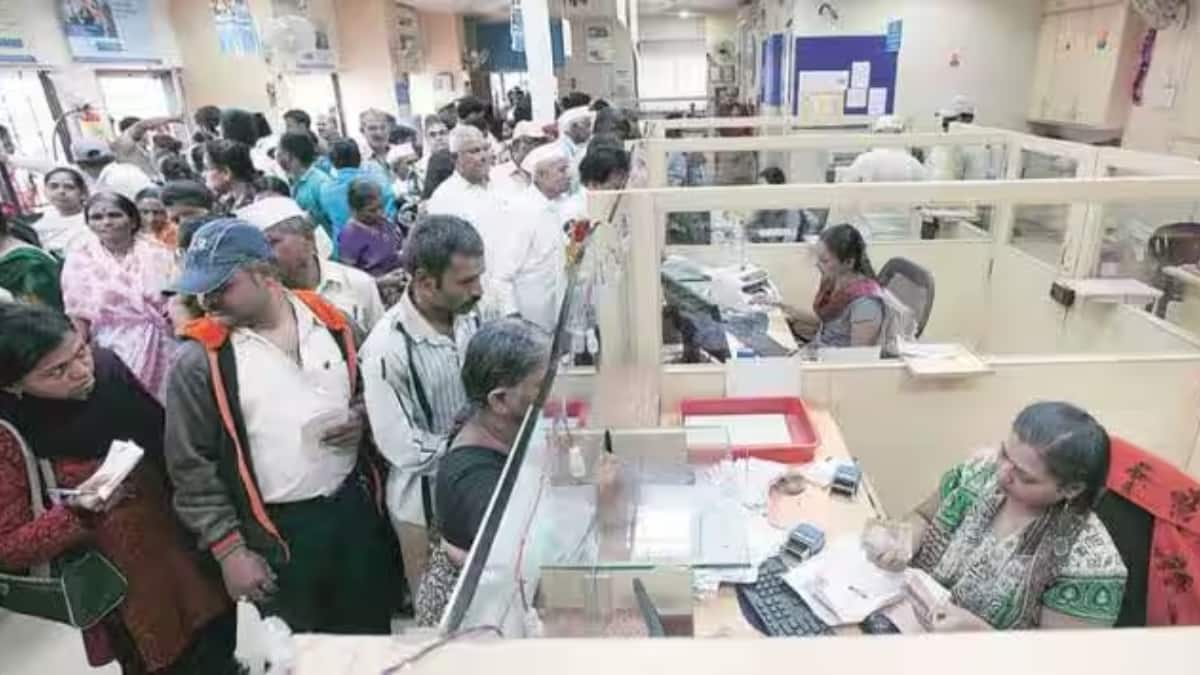By Ajay Manglunia
On an average, I receive five calls daily from bank agents offering personal or business loans, but this one particular call surprised me the most—a lady caller on the line offered a personal loan. When I heard her out and politely refused, she snapped as to why I did not cut the call at the outset and instead made her complete the pitch. Probably, she had to make many more calls to potential customers, and the time she spent speaking to me was one minute too many.
The Reserve Bank of India seems to think so. At its latest monetary policy review earlier this month, Governor Shaktikanta Das warned that certain components of personal loans are recording sharp growth and that banks and NBFCs must strengthen their internal surveillance mechanisms to avoid a build-up of risks. Das called for better underwriting standards from the lenders.
There are many reasons why retail and unsecured loans are booming in the current credit cycle. But before that, some numbers: As per RBI’s latest financial stability report, retail loans have grown at a 25% CAGR between March 2021 and March 2023, almost double the 14% CAGR for gross loans during the same period. It formed around a third of the total banking system’s gross loans and advances.
There is a change within the retail loan mix as well. The composition of unsecured retail loans has risen from 22.9% to 25.2%, and secured loans fell from 77.1% to 74.8%.
RBI has taken notice but has not sounded any alarm yet. According to RBI data, the gross bad loans in retail lending were low at 1.4% in March 2023, but the share of special mention accounts—which indicates high proximity to default—was relatively high at 7.4% and accounted for a tenth of the retail assets portfolio of PSU banks.
Unsecured retail loans formed 7.9% of the total banking system credit. Their asset quality has improved, with the gross bad loan ratio contracting from 3.2% to 2% during this period, according to the RBI’s latest Financial Stability Report.
Banks’ risk appetite has grown significantly as the business environment has improved post-Covid and because banks’ capital buffers have been strengthened due to capital infusion from the government in several PSU banks. This can also be attributed to their earnings. Capital buffers and improved risk appetite are prompting banks to go for better margins offered in retail and personal loans. Moreover, stiff competition is forcing banks to stretch themselves, which probably includes offering loans against old cars.
Banks’ exposure to NBFCs has risen 35.1% on-year to Rs 14.2 trillion as of June 2023, as per the latest RBI data. In turn, NBFCs’ share in overall bank credit increased to 9.9% from 8.5% a year ago. To that extent, banks’ indirect exposure to retail, including unsecured loans, has risen.
Demographics, too, are playing their part, encouraging banks to take more risks to cater to the younger population. Post-Covid, there is a surge in travel, purchases of durable goods, and housing. Innovative schemes like buy now and pay later and deferred EMIs have generated significant demand for bank loans.
Credit card spends, too, hit an all-time high of around Rs 1.49 trillion in August. The sharp fall in India’s household savings is also telling. As per RBI data, the net financial assets of households have fallen to 5.1% of GDP in 2022-23 from 7.2% in 2021-22 and from 11.5% in 2020-21.
The fall was mainly due to a rise in financial liabilities or loans in relation to financial assets like deposits, provident funds, or some insurance products. At 5.1% of GDP for 2022-23, net financial assets were at a 23-year low. A finance ministry statement made light of the data, saying it reflects the changing consumer preferences for different financial products.
“The household sector is not in distress. They are buying vehicles and homes on mortgages.” It is debatable how much this argument holds water, especially as automobiles are depreciating assets. For now, RBI has asked the banks
It is also hoping that tighter interbank liquidity will keep lending rates pressured up and slow the credit flow to the retail segment. If that does not happen, RBI may introduce macroprudential measures such as higher risk weights for retail loans, to bring to heel the runaway rise in retail loans.
The author is theMD & Head of Investment Grade Group, JM Financial
Views are personal

Leave a Reply